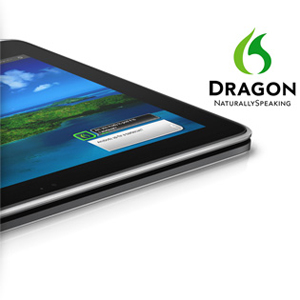

Where the 2-in-1 really differentiates itself from the clamshell, though, is gaming performance.

They also both lose out to the Arm-powered MacBook Air (which doesn’t even have a fan) and MacBook Pro, which finished the job in 8:15 and 7:39, respectively. Both systems are faster than any 10th Gen Ice Lake laptop with integrated graphics, and they beat the Asus ZenBook 14 with the same processor (which took 11 and a half minutes). That’s 38 seconds faster than the regular XPS 13 - effectively comparable. The 2-in-1 took 10 minutes and 5 seconds to export our 5-minute, 33-second 4K video in Adobe Premiere Pro. Heavier media work is where this system starts to stand out. This is the experience you’ll have with any machine with an i7, but you certainly aren’t sacrificing any performance for this convertible form factor.

I never heard the fans spin up or felt any heat unless I was running an intense program. That’s all well and good, but the processor is the star of the show here - and it is a star.įor general performance, the 1165G7 handled my office workload, which includes a dozen-ish Chrome tabs, a few other apps like Slack and Spotify, and some downloading, file copying, and other office-y stuff in the background, with no problem.
#INTEL 4TH GEN CORE PROCESSOR ULTRABOOK 2 IN 1 WAKE UP TIME WINDOWS#
Dell has made a few tweaks as well: the webcam now supports Windows Hello, there’s a new “frost” color option, RAM has been bumped from 3733MHz to 4267MHz, the touchpad is quieter, and there’s an updated microSD reader that Dell says will deliver better performance. The ports support up to two 4K displays and data transfers up to 40Gbps.Īpart from that, the new 2-in-1 has largely the same look as its predecessor and the clamshell XPS, complete with a slim and sturdy aluminum chassis, a 1920 x 1200 (16:10) Gorilla Glass screen, and four ports (two USB-C with Thunderbolt 4, DisplayPort, and Power Delivery, one headphone jack, and one microSD card reader). This 9310 is actually certified through Intel’s Evo program (denoted by a small sticker on the right palm rest), which is supposed to guarantee that a laptop meets the needs of an everyday home or office user, in categories from connectivity to battery life and performance. The CPUs bring Intel’s best-in-class Iris Xe integrated graphics, which have been the talk of the town since Tiger Lake’s launch, as well as the Thunderbolt 4 standard. This 2-in-1 (the 9310) includes Intel’s newest 11th Gen “Tiger Lake” mobile chips. That means you’re paying $120 extra for 8GB more memory, and the other benefits of the 2-in-1.īefore getting into that, I’ll give you a brief rundown of what’s new from the last XPS 13 2-in-1. The regular XPS 13 with the same processor has just 8GB of RAM and is said to cost $1,499.99, but it’s currently listed at $1,349.99. That costs $1,649.99 (but is currently listed at $1,469.99 on Dell’s website). I have a model in the middle, containing the 1165G7, 16GB of RAM, a 512GB SSD, and a 1920 x 1200 touchscreen.


 0 kommentar(er)
0 kommentar(er)
